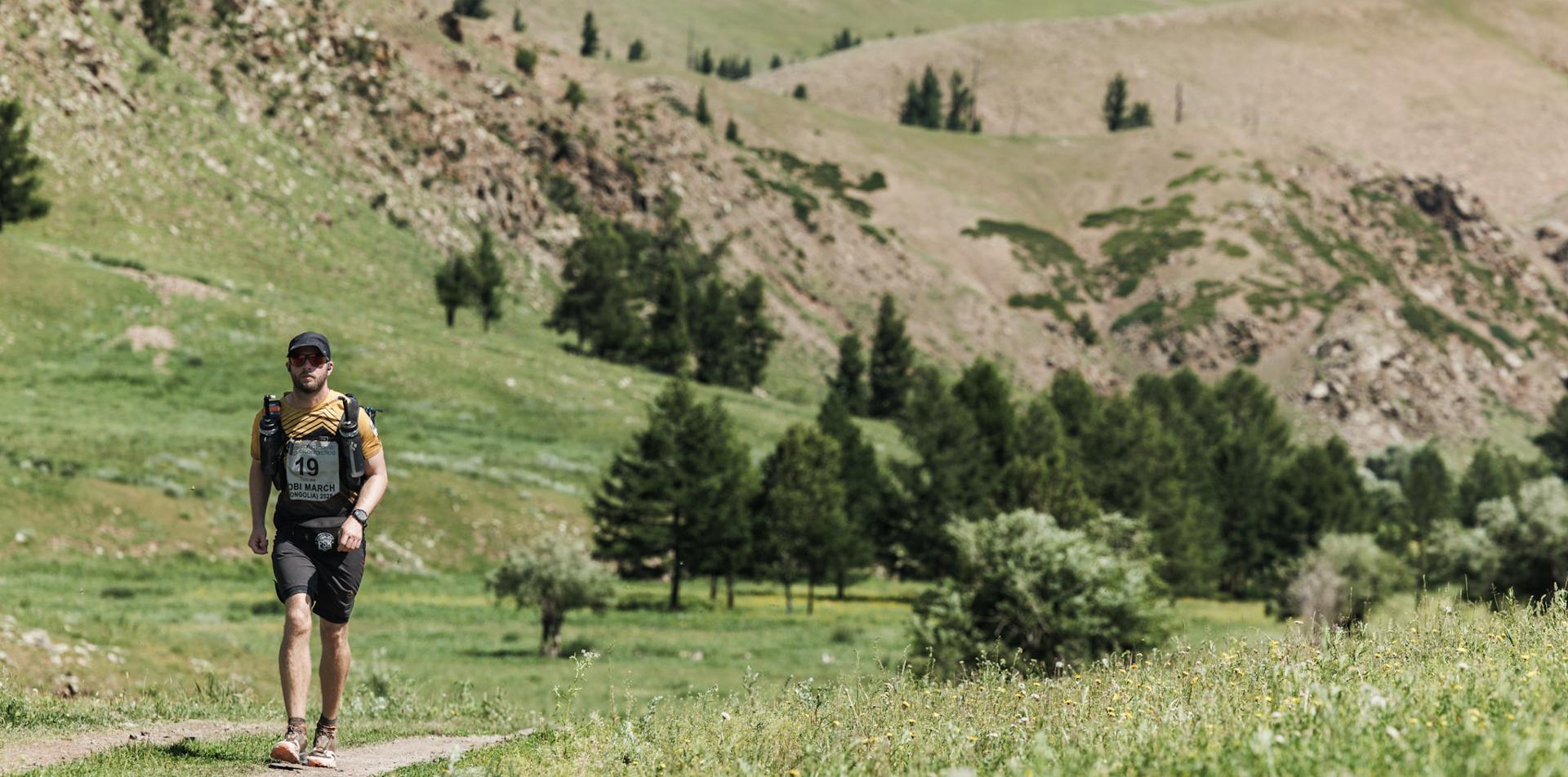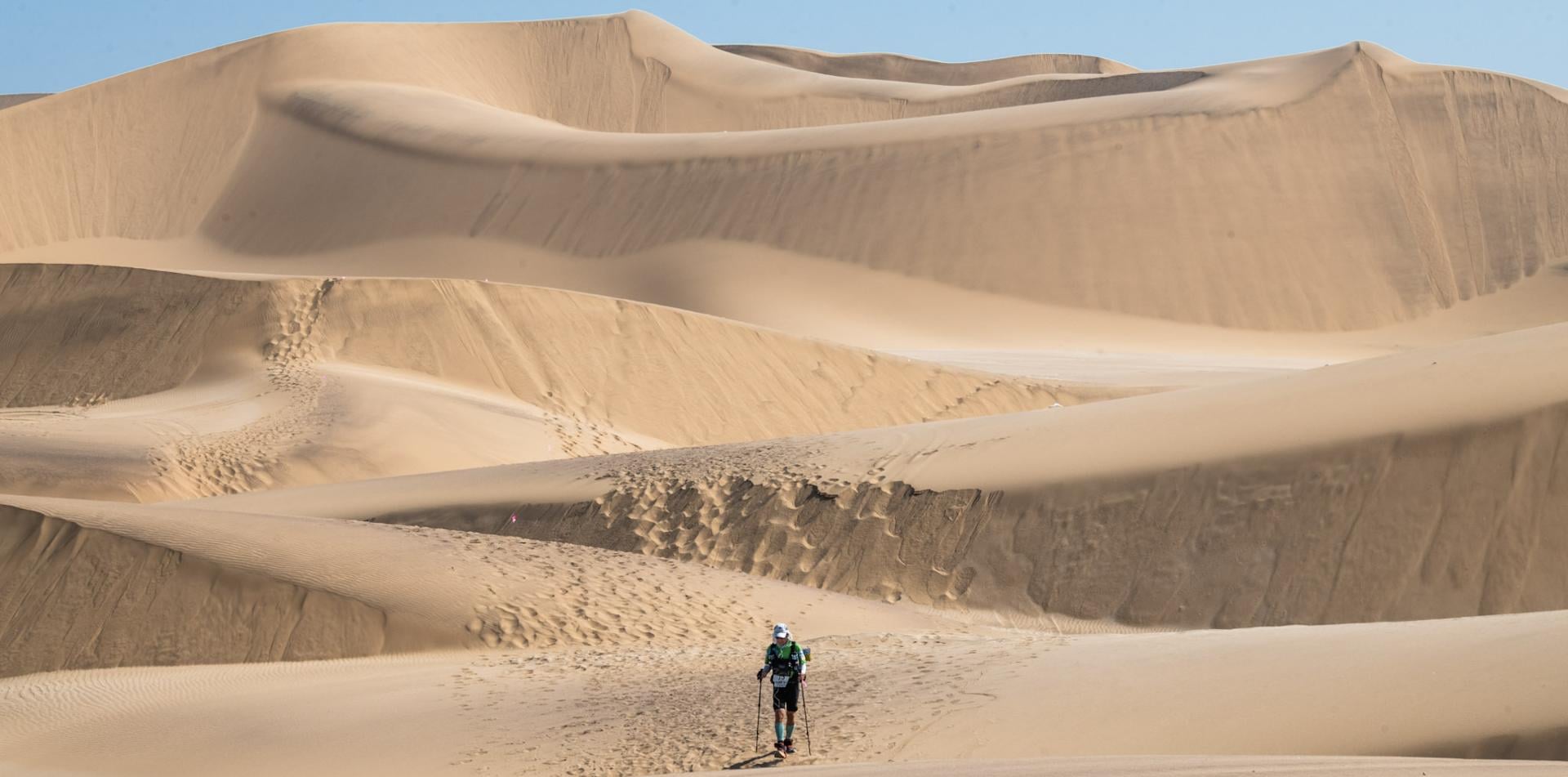Choosing Trekking Poles
There's no doubt that trekking poles and walking staffs can be of great use out on the trails. From helping you set a walking rhythm and taking a load off when going downhill to getting across rivers or fending off aggressive stray dogs, a pole can be indispensable...it can even act as a tent pole for specially designed bivvies and tents.

Trekking poles that we have fall broadly into four categories:
Standard: Come in pairs, suitable for rough terrain, offer stability and balance when trekking.
Shock Absorbing: These offer the same help with stability and balance as standard poles, but have internal springs that absorb impacts when you are going downhill. Great for people with weak ankles and knees.
Single: Walking staffs, as they are commonly referred to, are useful on flatter terrain and when you aren't carrying a load on your back.
Compact: Lightweight and collapsible for great portability. The lower the number of individual sections the stronger the pole will be.
Factors to Consider
Terrain, pack weight and your own weight will dictate whether you can adopt carbon fibre shafts or not. Carbon is lighter than aluminium, but the metal is stronger and will bend rather than snap under pressure.
When you know that you will be carrying a heavy pack, have a walking style where you lean on your poles like another pair of legs, or are going to be on terrain where your poles will often get caught in between rocks, sink into the ground or be damaged by scree etc, then go for aluminium. The last thing you want is to snap a carbon pole and be bereft for the rest of your journey.
Consider what kinds of terrain you are going to be using the poles on, as this will also help determine the type you buy.
To get the best out of your poles you need to make them shorter when you are going uphill to give you extra leverage, and you need to lengthen them when going downhill to help absorb shocks, (see also notes below on adjustability of telescopic vs foldable poles).
If you are going to be in more hilly locations where you will be lengthening and shortening your poles frequently, then consider ones where the grip or foam section extends further down it so that instead of having to adjust the length you can just slip your hand further down the pole for those shorter uphill drags. Which poles have this feature is easy to spot from their pictures.
If you are only ever going to be walking on fairly flat ground then save some money and go for a single pole; it will give you good support as well as help you balance and test the depth when crossing streams and bogs etc.
Foldable poles tend to be a fixed length when unfolded. Telescoping ones have adjustable lengths to help you find your best fit and to lengthen or shorten them for long descents and ascents.
Telescoping poles are generally regarded as being stronger than foldable poles, but with new design and innovations in technology the gap between the two is diminishing, so if you will be leaning on your poles heavily and relying on the support of them for long periods of time then telescoping poles might be a better choice.
Foldable poles pack up shorter than telescoping ones making them more convenient to stow out of the way. They tend to be a great choice when you know you will only need them occasionally rather than for every step of the way.
If you’re not sure which poles are going to be best for your body shape or activity then don't hesitate to get in touch and we'll point you in the right direction [email protected]







 Newsletter
Newsletter
 Online Store
Online Store





